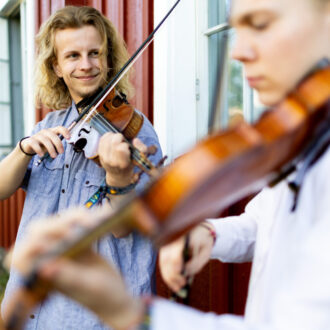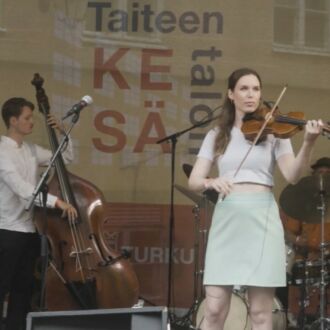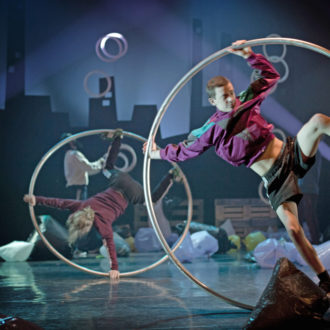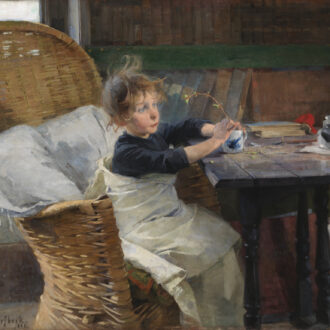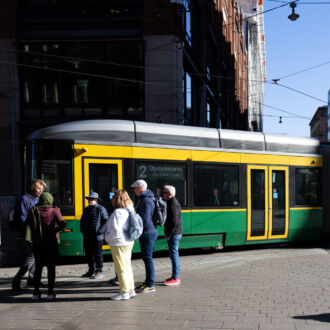After the Second World War, traditional Finnish music experienced a period of dormancy as modern styles gained dominance. In the late 1960s, however, the Kaustinen Folk Music Festival became a catalyst for revival, aided by folk-inspired bands such as Karelia and Piirpauke, which reinterpreted tradition in new ways.
Education also played a key role. From Tampere University’s ethnomusicology faculty to the Sibelius Academy’s dedicated folk music department, Finland elevated folk music as an academically and artistically respected field.
By the 1990s, groups such as Värttinä sparked an international boom, paving the way for today’s diverse, multicultural scene. Solju is a duo from northern Sápmi, the homeland of the Sámi, the only recognised Indigenous People in the EU area. They play Sámi music with a pop sensibility. The trio Dänkki Briha mixes Karelian traditions with spoken word and electronic beats.
Womex (Worldwide Music Expo) 2025 takes place in the southern central Finnish city of Tampere from October 22 to 26.
